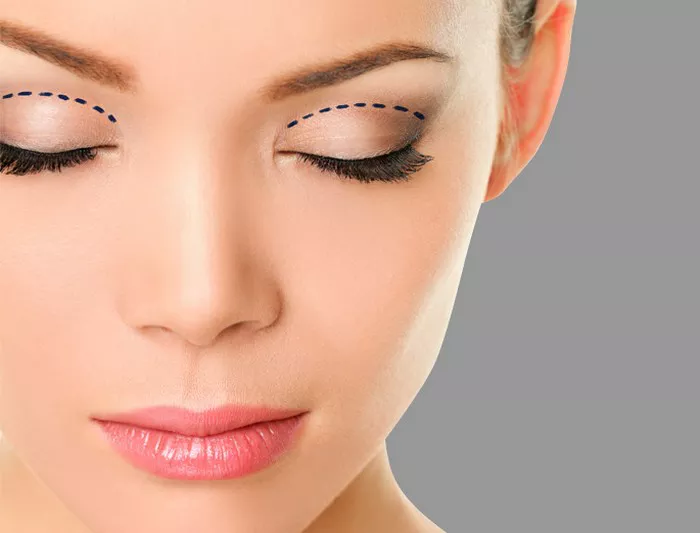Blepharoplasty, also known as eyelid surgery, is a cosmetic procedure that is designed to improve the appearance of the eyelids. The surgery involves removing excess skin and fat from the eyelids and can be performed on both the upper and lower eyelids. In this article, we will explore the recovery time for blepharoplasty, including what to expect during the recovery process and how to ensure a smooth recovery.
Immediate Recovery After Blepharoplasty
Immediately after blepharoplasty, patients will be taken to a recovery room where they will be monitored for a short time. Once the patient is stable, they will be released to go home.
Patients should arrange for someone to drive them home after the surgery, as they will not be able to drive themselves. They should also plan to rest for the remainder of the day and avoid any strenuous activity.
Patients may experience some discomfort, swelling, and bruising in the area around the eyes immediately after the surgery. They may also experience some dryness and itching in the eyes. These symptoms are normal and will typically subside within a few days.
First Week of Recovery
During the first week of recovery, patients should plan to rest and avoid any strenuous activity. They should also avoid bending over or lifting heavy objects, as this can increase pressure in the head and eyes.
Patients should also avoid rubbing or touching their eyes and should use eye drops as directed to prevent dryness. They may also be instructed to apply cold compresses to the area around the eyes to reduce swelling and bruising.
Patients may experience some discomfort, swelling, and bruising during the first week of recovery. They may also experience some dryness and itching in the eyes. These symptoms are normal and will typically subside within a few days.
Second Week of Recovery
During the second week of recovery, patients may begin to feel more comfortable and may be able to resume some normal activities. However, they should still avoid any strenuous activity and should continue to avoid bending over or lifting heavy objects.
Patients may still experience some discomfort, swelling, and bruising during the second week of recovery. They may also experience some dryness and itching in the eyes. These symptoms should continue to improve over time.
Third Week of Recovery
During the third week of recovery, patients may begin to feel more like themselves and may be able to resume some normal activities. However, they should still avoid any strenuous activity and should continue to avoid bending over or lifting heavy objects.
Patients may still experience some discomfort, swelling, and bruising during the third week of recovery. They may also experience some dryness and itching in the eyes. These symptoms should continue to improve over time.
Fourth Week of Recovery
By the fourth week of recovery, patients should be feeling much better and may be able to resume most normal activities. However, they should still avoid any strenuous activity and should continue to avoid bending over or lifting heavy objects.
Patients may still experience some residual swelling and bruising during the fourth week of recovery. They may also experience some dryness and itching in the eyes. These symptoms should continue to improve over time.
Long-Term Recovery
While most patients are able to resume normal activities within four weeks of the surgery, it may take several months for the final results of the surgery to become apparent. Scarring may also continue to improve over time.
Patients should continue to use eye drops as directed to prevent dryness and should avoid rubbing or touching their eyes. They should also continue to avoid any strenuous activity and should avoid bending over or lifting heavy objects for several weeks after the surgery.
Conclusion
In conclusion, the recovery time for blepharoplasty can vary depending on the extent of the surgery and the individual patient. However, most patients are able to resume normal activities within four weeks of the surgery.
During the recovery process, patients should rest and avoid any strenuous activity. They should also use eye drops as directed to prevent dryness and avoid rubbing or touching their eyes.
While most patients are able to resume normal activities within four weeks of the surgery, it may take several months for the final results of the surgery to become apparent. Patients should continue to follow their surgeon’s instructions carefully during the recovery process to ensure a smooth and successful recovery.

